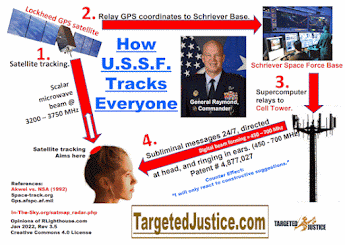Patent No. 4573449 Method for stimulating the falling asleep and/or relaxing behavior of a person and an arrangement therefor
Patent No. 4573449
Method for stimulating the falling asleep and/or relaxing behavior of a person and an arrangement therefor (Warnke, Mar 4, 1986)
Abstract
A method and apparatus is provided with which a person suffering from sleeplessness can be more easily relaxed and may more rapidly fall asleep. In particular, sound pulses are emitted by an electro-acoustic transducer, according to the cadence of which, the person seeking to fall asleep is induced to breathe in and out over a predetermined period of time. By suitably selecting the pulse sequence frequency, the pitch and the amplitude of the sound pulses may be adjusted thereby enhancing the process of falling asleep.
Notes:
BACKGROUND
OF THE INVENTION
The invention relates to a method for stimulating falling asleep and/or relaxing
behavior of a person by means of an electronic arrangement.
From numerous medical publications as well as from daily life, it is known that
more and more people suffer from sleeplessness and cannot find the right way
to relax. There is a continually increasing consumption, in developed countries,
of medicine for relaxing, in the form of so-called sleeping pills, despite the
fact that such medicants have side effects and their effectiveness decreases
with increased consumption.
However, many people do sleep without difficulties. By means of thorough testing
and research, it has been ascertained that with effortless falling asleep without
medication, certain cerebral currents (brain waves) change while, simultaneously,
the pulse rate and the breathing rhythm is slowed down. It is furthermore known
that by means of meditation exercises, the cerebral currents, the pulse rate
and the breathing rhythm can be changed, so that a condition of increased relaxation,
up to the point of falling asleep, can be attained. A known and simple meditation
method consists in uniformly counting in a breathing rhythm; however, a certain
amount of concentration is necessary. In practice, however, it has also been
ascertained that such exercises, in particular by those persons who have, in
any event, difficulties with relaxing and falling asleep, are very difficult
to learn.




Comments